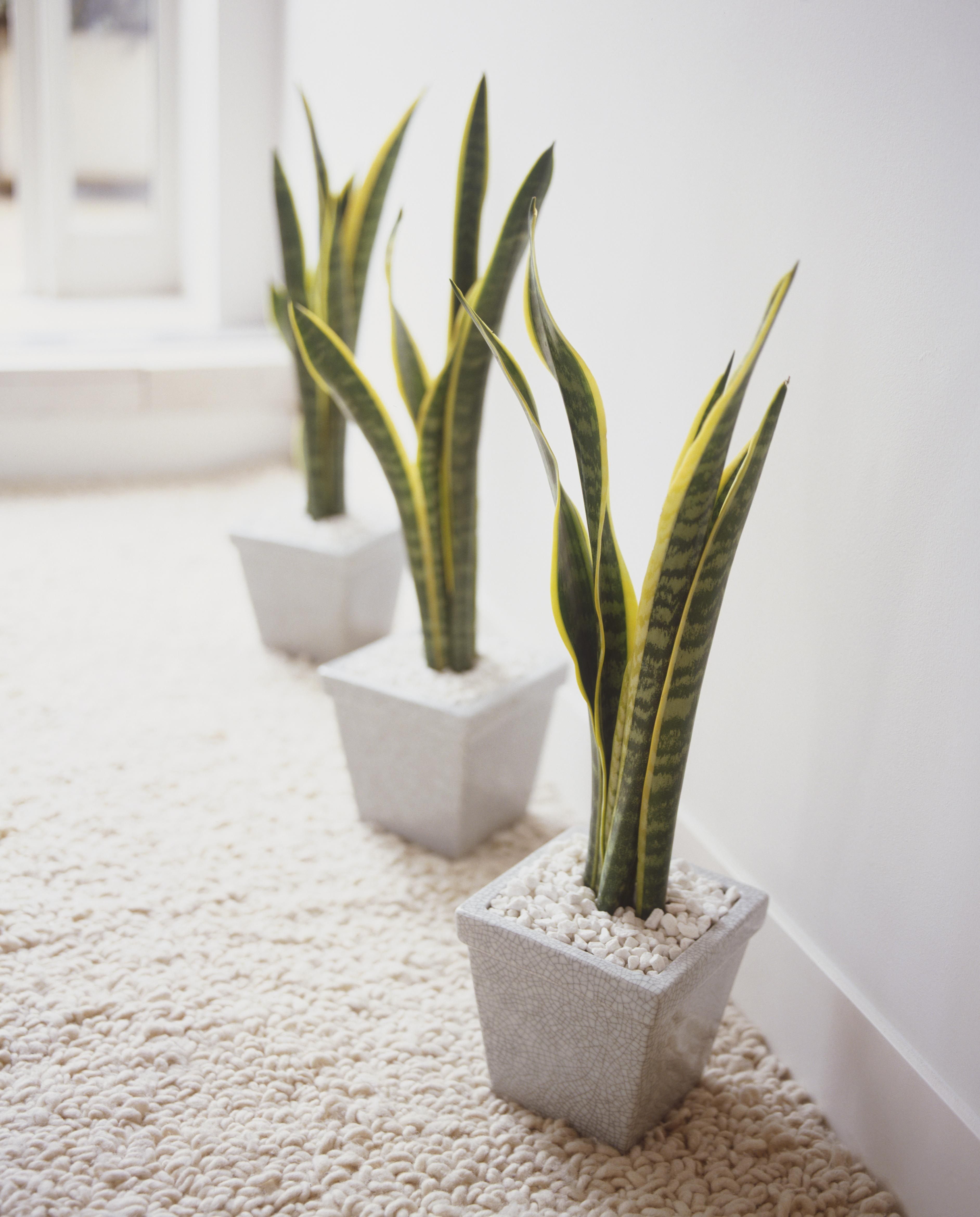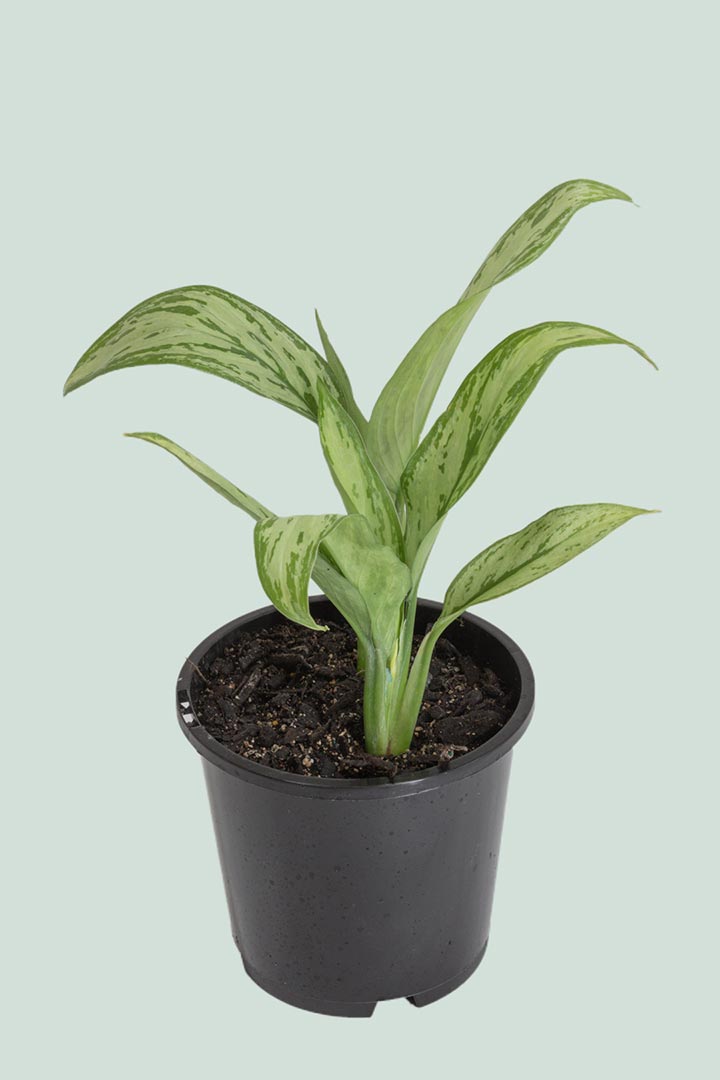Small plants that need little water are perfect for busy gardeners. They thrive with minimal care.
Finding the right small plants that require little water can save time and resources. These plants are ideal for those who live in dry climates or who forget to water often. They help conserve water, making them eco-friendly choices. In this blog post, we will explore small plants that are low-maintenance and drought-tolerant.
Discover how these resilient plants can add beauty to your home or garden without demanding much attention. Let’s dive into the world of water-saving greenery and find the perfect plants for your lifestyle.

Credit: matsuoutdoorsmanshow.com
Introduction To Drought-resistant Plants
Introducing drought-resistant plants can transform your garden into a vibrant, sustainable oasis. These plants thrive in dry conditions, conserving water and reducing maintenance. They offer a beautiful solution for arid climates and busy gardeners.
Benefits Of Low-water Plants
Low-water plants save resources. They require less frequent watering, reducing water bills. This helps in areas with water restrictions. These plants are hardy and can survive harsh conditions. They often attract beneficial insects and birds, enhancing biodiversity.
Using less water means less weed growth. This leads to a cleaner garden with less effort. Low-water plants usually have deep roots. This helps prevent soil erosion, maintaining healthy soil structure. They are perfect for xeriscaping, which is landscaping designed to reduce water use.
Common Misconceptions
One common misconception is that drought-resistant plants are not attractive. Many low-water plants have stunning blooms and interesting foliage. They come in a variety of colors, shapes, and sizes. Another misconception is that these plants are only for desert gardens. Drought-resistant plants can thrive in many environments, not just deserts.
Some believe low-water plants need special soil. Many can adapt to ordinary garden soil with good drainage. There is also a belief that these plants grow slowly. Many drought-resistant plants grow just as fast as regular plants.
Succulents And Cacti
Succulents and cacti are ideal for people who have little time for plant care. These plants need very little water and are easy to maintain. They come in various shapes, sizes, and colors, making them a popular choice for indoor and outdoor gardens. They thrive in dry conditions, store water in their leaves, stems, or roots, and can survive in harsh environments.
Popular Succulent Varieties
- Aloe Vera: Known for its medicinal properties and easy care.
- Echeveria: Features rosette-shaped leaves and comes in many colors.
- Jade Plant: Has thick, glossy leaves and can live for decades.
- Haworthia: Small, rosette-shaped plant with striped leaves.
- Snake Plant: Tall, sword-shaped leaves that are very hardy.
Care Tips For Succulents
Caring for succulents is simple if you follow these tips:
- Water Sparingly: Water them only when the soil is completely dry. Overwatering can lead to root rot.
- Provide Adequate Sunlight: Most succulents need about six hours of direct sunlight each day. A south-facing window is ideal.
- Use Well-Draining Soil: A cactus or succulent mix works best. This prevents water from sitting in the soil.
- Fertilize Sparingly: Use a balanced, water-soluble fertilizer once a month during the growing season.
- Rotate Your Plants: Rotate your succulents frequently to ensure even growth and prevent leaning.
Popular Cacti Varieties
| Cactus | Features |
|---|---|
| Barrel Cactus | Round shape with vertical ribs and spines. |
| Prickly Pear | Paddle-shaped segments with spines and edible fruit. |
| Christmas Cactus | Blooms with bright flowers around the holiday season. |
| Saguaro | Iconic tall, tree-like cactus with arms. |
Succulents and cacti are perfect for busy people and dry climates. They need very little water and bring life to any space.
Aloe Vera
Aloe Vera is a popular plant known for its succulent leaves and medicinal properties. This hardy plant is perfect for those who want greenery without the hassle of frequent watering. Aloe Vera thrives in dry conditions and can store water in its thick leaves, making it an ideal choice for busy individuals or those with a less-than-green thumb.
Health Benefits
Aloe Vera offers numerous health benefits. Its gel is well-known for soothing burns and skin irritations. Many use it to moisturize their skin and reduce inflammation. Aloe Vera juice can also aid digestion and improve gut health. This versatile plant can be a valuable addition to your home, providing both beauty and practical health benefits.
Growing Conditions
Aloe Vera needs minimal care to thrive. Place it in a sunny spot with indirect light. It prefers well-draining soil to prevent root rot. Water sparingly, allowing the soil to dry out completely between waterings. Overwatering can harm the plant, so it’s better to underwater than overdo it. With proper care, Aloe Vera will grow healthily and beautify your space with its unique, spiky leaves.
Lavender
Lavender is a beautiful, fragrant plant that requires very little water. It is famous for its purple flowers and soothing scent. Many gardeners love to grow lavender for its low maintenance needs and versatility.
Uses In Landscaping
Lavender adds charm to any garden. Its purple flowers attract bees and butterflies. You can plant it along walkways for a lovely border. Lavender also looks great in rock gardens. It provides a pop of color and pleasant aroma.
Soil And Sunlight Needs
Lavender thrives in well-draining soil. Sandy or rocky soil is best. It does not like wet roots. Full sunlight is essential. Lavender needs at least six hours of sun daily. It grows best in hot, dry climates.
Sedum
Sedum, also known as stonecrop, is a popular choice for gardeners. These plants are low-maintenance and drought-tolerant. They thrive in various environments and need little water. This makes them perfect for beginners or those with busy schedules. Sedum’s unique appearance adds charm to any garden.
Different Types Of Sedum
There are many varieties of Sedum, each with its own charm. Sedum acre, also known as goldmoss stonecrop, is a small, bright green plant. It forms a dense mat and can spread quickly. Sedum album, or white stonecrop, has tiny white flowers. It grows well in sandy soils and rocky areas.
Sedum spurium, also called two-row stonecrop, has pink or red flowers. It blooms in summer and attracts butterflies. Sedum reflexum, or blue spruce stonecrop, has blue-green leaves. This variety resembles the needles of a blue spruce tree. Sedum spectabile, known as showy stonecrop, has large, flat flower clusters. These blooms can be pink, red, or white.
Ideal Growing Environments
Sedum can grow in various environments. They do well in both full sun and partial shade. These plants prefer well-drained soil. They can thrive in rocky or sandy areas. Sedum is perfect for rock gardens or as ground cover.
These plants also do well in containers. This makes them great for patios or small spaces. Sedum is also a good choice for green roofs. They can handle harsh conditions and require little maintenance. With their adaptability and low water needs, Sedum is a versatile choice for any garden.

Credit: planthouse.co.nz
Yucca
The Yucca plant is an excellent choice for those seeking low-water plants. It thrives in dry climates and requires minimal care. The spiky leaves and tall stature make it a stunning addition to any garden.
Decorative Uses
Yucca plants add a dramatic flair to outdoor spaces. Their tall, sword-like leaves create a striking focal point. They look great in rock gardens and desert landscapes. Yuccas also work well in containers, making them versatile for small spaces.
Maintenance Guidelines
Yucca plants need very little water. Allow the soil to dry out completely between waterings. Overwatering can harm the plant. Place yuccas in a sunny spot for best growth. They thrive in well-drained soil. Fertilize sparingly, once or twice a year.
Prune dead leaves to keep the plant tidy. Wear gloves to avoid the sharp edges of the leaves. With these simple steps, your Yucca will flourish with minimal effort.
Agave
The Agave plant is a resilient succulent known for its striking appearance and low water needs. Originating from the hot and arid regions of the Americas, this plant is perfect for those who want a beautiful garden without much maintenance. Agave plants are not only drought-tolerant but also incredibly versatile.
Historical Uses
Agave has a rich history dating back to ancient civilizations. The Aztecs and Mayans utilized it for various purposes. They used agave for making ropes, mats, and even clothing. The sap was fermented to create a traditional alcoholic beverage called pulque. Today, agave is still used in producing tequila and mezcal.
Planting And Care Instructions
Planting and caring for agave is straightforward. Follow these simple steps:
- Choose a sunny spot: Agave thrives in full sun and well-drained soil.
- Planting depth: Plant the agave at the same depth it was in its pot.
- Watering: Water sparingly. Allow the soil to dry out completely between waterings.
- Fertilizing: Agave does not require much fertilizer. Use a balanced fertilizer once a year in spring.
- Pruning: Remove dead or damaged leaves to keep the plant healthy.
Agave is a hardy plant that can withstand harsh conditions. It’s the perfect choice for low-maintenance gardens.

Credit: www.reddit.com
Frequently Asked Questions
What Small Plants Require Minimal Water?
Some small plants that need little water include succulents, cacti, aloe vera, and snake plants. These plants are drought-tolerant and can thrive with minimal watering.
Which Succulents Need The Least Water?
Succulents like jade plant, echeveria, and haworthia need the least water. They store moisture in their leaves, making them drought-resistant.
Can Small Cacti Survive With Little Water?
Yes, small cacti can survive with very little water. They are adapted to arid environments and need infrequent watering.
Are There Small Indoor Plants That Need Little Water?
Yes, small indoor plants like the ZZ plant and spider plant need little water. They are low-maintenance and ideal for indoor settings.
Conclusion
Small plants needing little water are great for busy people. They thrive with minimal care. Succulents, cacti, and ZZ plants are top choices. These plants save time and conserve water. They add beauty to any space. Choose the right plant for your environment.
Enjoy the greenery without frequent watering. With these low-water plants, gardening becomes easy and rewarding. Happy planting!





